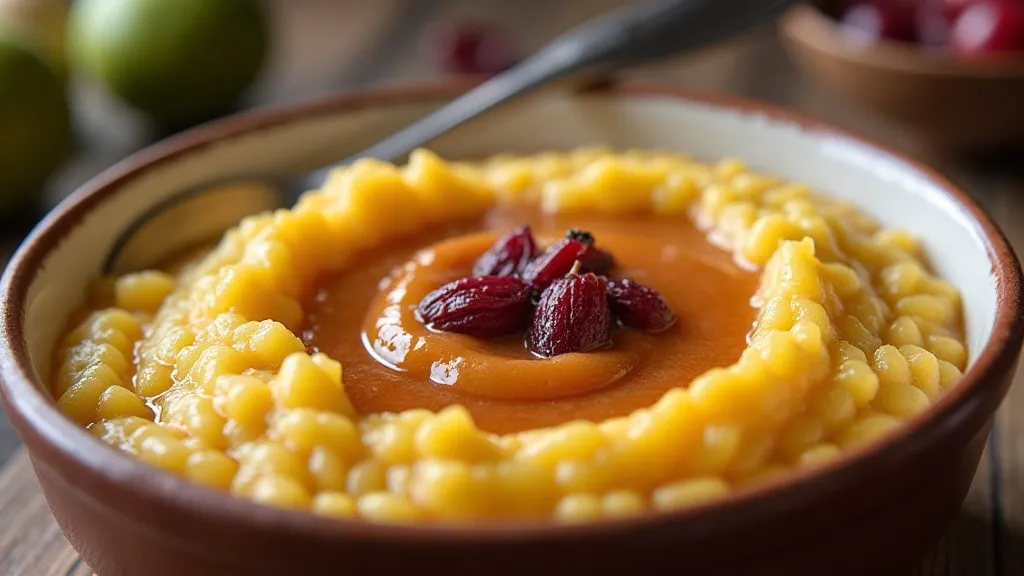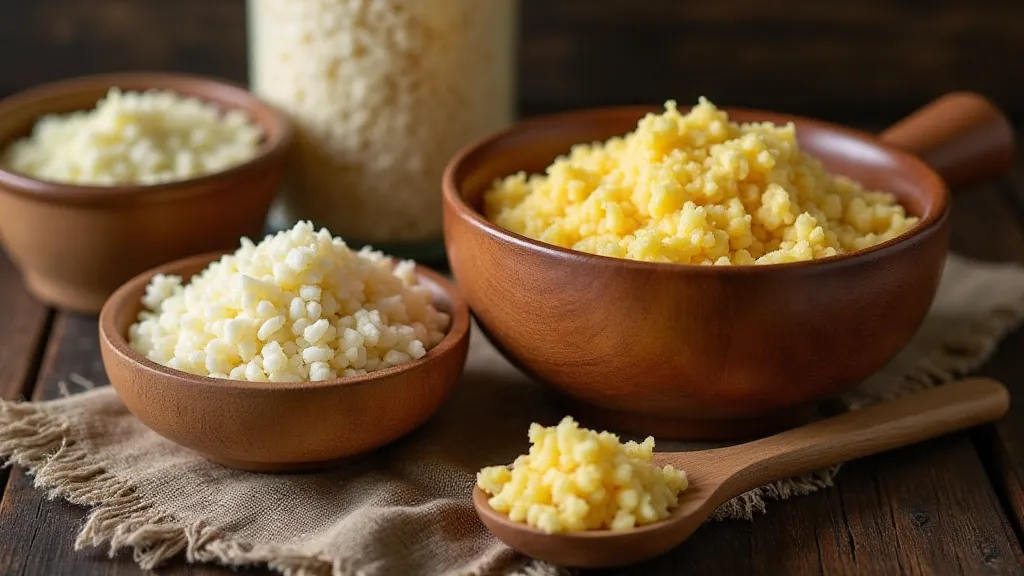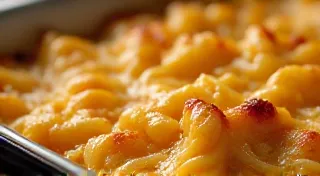Cornmeal Mush: A Versatile and Frugal Breakfast Option
The Great Depression demanded ingenuity, especially in the kitchen. Families stretched every ingredient to its limit, and often, the simplest meals were the most filling. Among these staples was Cornmeal Mush, a humble breakfast dish that provided essential sustenance and proved remarkably adaptable to whatever else was available. It’s more than just “cornmeal porridge”; it’s a testament to the resourcefulness of a generation.
A Dish of Necessity
Cornmeal was relatively inexpensive and readily available, even during the economic hardship of the 1930s. It was a reliable source of calories and nutrients, and it could be cooked with minimal ingredients – often just water and salt. While some modern cooks might dismiss it as bland, Cornmeal Mush was a welcome start to the day for countless families. Its adaptability also meant that cooks could add whatever they had on hand – a bit of milk, a few berries, even leftover vegetables – to enhance the flavor and nutritional value. This spirit of resourcefulness extended to many Depression-era recipes; sometimes, that meant utilizing every part of an ingredient and finding creative ways to make a little go a long way. It's a concept echoed in other dishes from the time, like the surprising deliciousness of a Water Pie, a testament to making do with virtually nothing.

The Basic Recipe – Simple and Satisfying
Here's a basic recipe for Cornmeal Mush, as it would have been prepared during the Great Depression. Remember, there wasn’t a lot of extra fuss—this was about filling bellies.
Ingredients:
- 1 cup White Cornmeal (stone-ground is best, but any will do)
- 3 cups Water
- 1/2 teaspoon Salt
Instructions:
- Bring the water and salt to a boil in a medium-sized saucepan.
- Slowly whisk in the cornmeal, stirring constantly to prevent lumps from forming.
- Reduce heat to low and cook, stirring frequently, for about 20-25 minutes, or until the mush is thick and pulls away from the sides of the pan. The longer it cooks, the thicker it becomes.
- Serve hot.
Variations and Customizations – Making it Your Own
While the basic recipe is simple, there’s plenty of room for creativity. Here are a few ways Depression-era cooks might have customized their Cornmeal Mush:
- With Milk: If milk was available, a splash could be added to the cooking water for a creamier texture. The addition of dairy provided much-needed fat and flavor.
- With Molasses: A drizzle of molasses was a common sweetener, adding both flavor and a touch of sweetness. It wasn't just about taste; molasses also provided some much-needed calories and iron.
- With Fruit: Dried or fresh fruit (if obtainable) could add much-needed vitamins and flavor. Think apples, berries, or even raisins. Sometimes, preserving fruits and vegetables was the only way to extend their usability through the lean months.
- Fried Mush: Leftover Cornmeal Mush could be sliced and fried in a little oil or lard, creating a crispy and satisfying treat. This was a particularly popular way to use up leftovers. This resourceful use of leftovers aligns with the mindset behind many Depression-era recipes – minimizing waste was paramount. Many families were masters of transformation, turning the seemingly insignificant into something delightful. It's a concept brilliantly exemplified by the art of the alchemy of leftovers, where scraps and remnants were reimagined into entirely new and nourishing meals.
- Savory Options: A bit of chopped onion or a sprinkle of herbs could transform Cornmeal Mush into a savory side dish. Adding vegetables helped stretch the meal further and provide valuable nutrients.

Beyond Breakfast – A Versatile Staple
Cornmeal Mush wasn’t confined to breakfast. Its versatility meant it could be used in other ways. Some families mashed it and added it to stews or soups to thicken them. Others used it as a base for a simple pudding. The possibilities were limited only by imagination and available resources. The spirit of making a single ingredient work in multiple ways is very much in line with how many families of the time approached meal preparation. The dedication to minimizing waste and maximizing resources shaped culinary traditions, emphasizing the ingenuity required to nourish families during hardship.
The Science Behind the Sustenance
Cornmeal, the primary ingredient in this simple dish, isn't just a source of carbohydrates. It contains fiber, which aids in digestion and helps regulate blood sugar levels. The process of grinding corn into meal also retains some of the nutrients found in the whole kernel. Understanding the nutritional value of available foods was essential during the Depression, as families needed to maximize the benefits from every meal. It's a practical application of a deep understanding of sustenance, a principle that extended to all aspects of food preparation and consumption during those difficult years.
Recreating the Experience: More Than Just a Recipe
Trying Cornmeal Mush isn't just about following a recipe; it's about connecting with the resilience and resourcefulness of a generation. Imagine the circumstances that led families to rely on such a simple dish – the economic hardship, the scarcity of resources, and the constant need to stretch every ingredient as far as it could go. It’s a powerful reminder of the ingenuity that arises from necessity, and how a seemingly plain dish can hold so much history. The act of preparing and eating Cornmeal Mush is a tribute to their strength and determination. It evokes a sense of connection to the past, reminding us of the values of frugality and appreciation for simple pleasures.
Preserving a Piece of History
Trying Cornmeal Mush is more than just a culinary experience; it’s a connection to a time of incredible hardship and remarkable resilience. It’s a reminder of the importance of frugality, resourcefulness, and the power of a simple meal to nourish both body and soul. Give it a try – you might be surprised at how much you enjoy this classic Depression-era dish. While Cornmeal Mush represents a certain era of simplicity and frugality, other dishes reflected the same values with a different flavor profile. For instance, the techniques used to create a rich, hearty soup from limited resources highlight the same underlying principles.

Adapting for Modern Palates
While the traditional recipe emphasizes simplicity, modern cooks can experiment with flavors and ingredients while still honoring the dish's historical roots. Consider adding a touch of smoked paprika for depth, or incorporating seasonal vegetables for added nutrients. The key is to maintain the spirit of resourcefulness and appreciate the story behind this humble breakfast staple. There's beauty in simplicity, and Cornmeal Mush perfectly embodies that philosophy. Even more complex flavors can be achieved when maximizing every available resource, much like the creative process that lead to a seemingly simple dish like a Depression era Fruitcake.
Beyond the Recipe: A Cultural Reflection
Cornmeal Mush provides a unique window into the cultural landscape of the Great Depression. It embodies a time when community and shared experiences were vital for survival. Families often shared recipes and tips for making the most of limited resources. The act of preparing and eating Cornmeal Mush became a symbol of hope and resilience. It’s a dish that speaks to the power of human connection and the enduring spirit of a generation.





